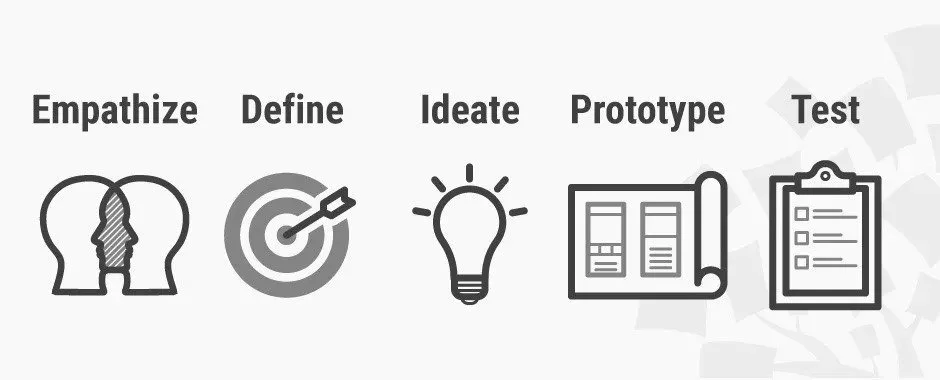Ideation & Prototyping Week 10
What do Prototypes Prototype?
This was a great read discussing the different kinds of prototypes and the importance of it. We have learned throughout the semester the benefits of prototyping to expand on an initial concept before using various materials and investing more time. Prototyping is a great way to test a proof of concept and user test it before expanding on a set idea. As this article explains, the word “prototype” is quick ambiguous as there are many different tools and things you can do to consider it a prototype. This article proposes a “ propose a change in the language used to talk about prototypes, to focus more attention on fundamental questions about the interactive system being designed” (Houde & Hill, 1). It is interesting to note that each field in the process of creating something has a different prototype to create and further explores. As the article also mentions, it is important to realize that prototypes are often not self explanatory and that clarifying the concept is crucial. It was interesting to read through the different examples of prototypes to understand the concept and thought process. I agree with the article in encouraging designers and other practitioners to shift the focus of prototypes and dive deeper to ask questions about how the user feels when interacting with it and how it can be used in everyday life.
In simple terms, I would define interaction design as the process of figuring out ways to allow people to better understand how to interact with a product, app, service or gadget. But has this article explains, there is so much more to interaction design than that simple sentence. Interaction design is a multidisciplinary field that that helps users make sense of the things they are using. It was interesting to read about the three different viewpoints to better define interaction design and how they defined them: a technology centered view, a behaviorist view, and the social interaction design view. The field of interaction design is contextual as the article says “it solves specific problems under a particular set of circumstances using the available materials” (Moggridge, 3). This article reminds me of the presentation Yanrong and I did on Don Norman as he spoke about since being VP of Apple, they are lacking in interaction design due to being blindsided by presenting things that are just “simplistic and minimal.” As the article mentions, the field of interaction design is very young yet powerful. I find this field incredibly valuable as these designers are essentially advocates for the end users by running tests and communicating with different teams to work on providing the best possible experience for users.
What is Interaction Design?
I am so glad that a book like this exists as I covered many of these different design concepts in classes and through self studying over the years but I am so happy to see some of those and many I have not learned about yet all in one place. Here are a few concepts I enjoyed reading about in the book:
Affinity Diagramming: This is a great way to organize your framework and document your process when conceptualizing, designing and iterating. I remember first being introduced to this framework when taking a UX/UI Bootcamp and really enjoyed using it to document when conducting preliminary surveys and user testing. I typed all user frustrations, qualitative and quantitative data on sticky notes and was able to digest all the information and then cluster them based on similarity. This made the process of identifying key issues a lot easier. Affinity diagramming is also a great way to showcase user needs to a group and convey the “why” reasonings. It is a great form of documentation and allows a group to keep referring back to those core reasonings before further designing
Directed Storytelling: I have learned about storytelling and its benefits but never heard of directed storytelling. As the book and name explains, it is a way to prompt people to telling a narrative through giving them a certain phrase and direction. I can see how this would be beneficial as often times, when user testing, I often receive vague responses that are difficult to build upon. Using this method would encourage people to dig deeper and form a narrative
Personas: This is another design concept that I believe is beneficial when designing or creating any kind of product, app, or website. This allows the design team to dig deep into understanding who the key user of this concept would be. Based on the persona that is created, we can better understand their needs when creating the product.


